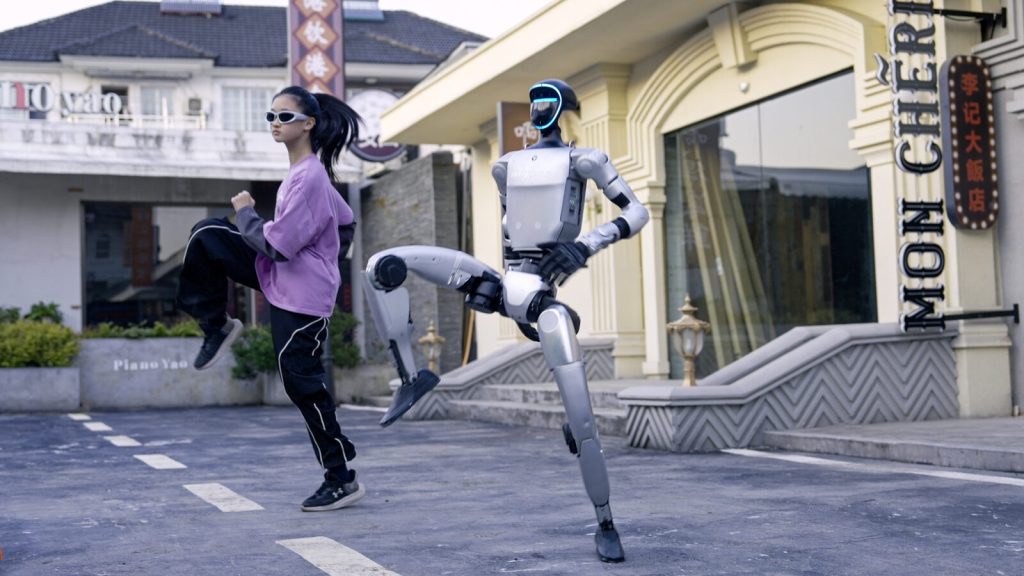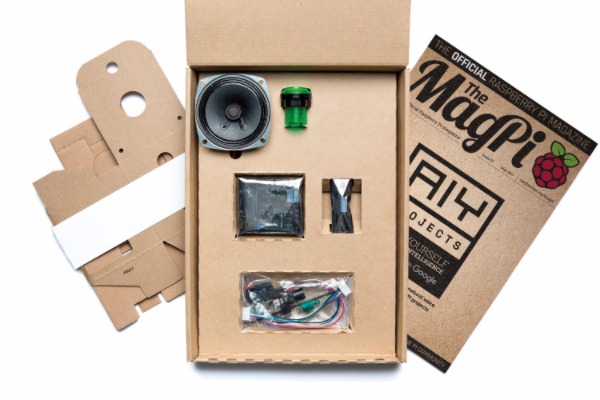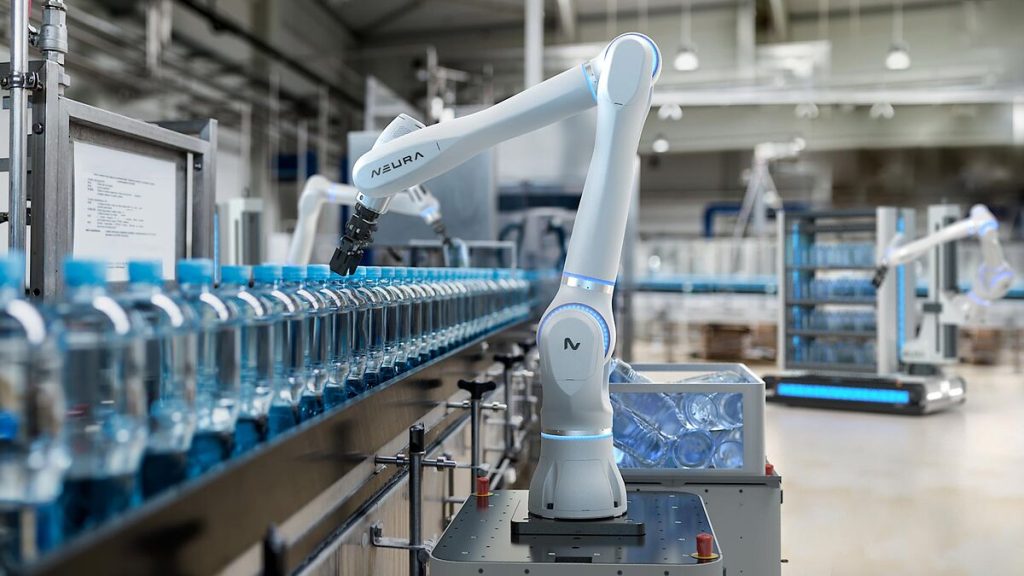Unitree G1: The Only Humanoid Robot That Can Perform Kung Fu
For decades, humanoid robots have been a staple of science fiction, captivating imaginations with visions of mechanical assistants handling mundane chores and complex tasks alike. While real-world adoption has been gradual, the race to dominate this emerging industry is heating up—with companies like Unitree at the forefront.
Unitree, a pioneer in robotics innovation, has unveiled its latest breakthrough: the G1 Humanoid Robot. This cutting-edge machine isn’t just another static prototype—it’s a highly agile, multi-functional robot capable of performing a wide range of tasks. From executing precise Kung Fu movements to achieving impressive feats like a standing long jump, the G1 demonstrates remarkable dexterity and adaptability.
As humanoid robotics transitions from fantasy to reality, the G1 stands as a testament to how far the technology has come—and a glimpse into a future where robots could become an integral part of daily life. Here’s a closer look at what makes Unitree’s G1 a game-changer.
Who is Unitree?
Founded in 2016 under the official name Hangzhou Yushu Technology, Unitree Robotics has rapidly emerged as a key player in the global robotics market. Specializing in the development, manufacturing, and sale of high-performance robots, the company focuses on creating advanced machines for industrial and commercial applications. While competitors like Boston Dynamics dominate headlines with their high-profile robots, Unitree has carved out a distinct niche by prioritizing affordability, open-source collaboration, and in-house innovation.
How Unitree Stands Out in a Competitive Market
Cost-Effective Engineering
Unlike many Western robotics firms that rely on expensive third-party components, Unitree designs and manufactures its own actuators, controllers, and AI models in-house. This vertical integration allows the company to offer high-performance robots at a fraction of the cost of competitors, making advanced robotics more accessible to businesses and researchers.Open-Source Philosophy
In a bold move to accelerate industry-wide development, Unitree has open-sourced key resources, including training datasets and reinforcement learning frameworks for models like the G1 and H1 humanoid robots. This approach fosters collaboration, enabling developers worldwide to build upon Unitree’s advancements and push the boundaries of robotic capabilities.Agile & Versatile Robotics
While some companies focus on niche applications, Unitree’s robots are designed for real-world adaptability, from industrial automation to dynamic movement tasks. Their machines demonstrate impressive agility—whether performing acrobatic maneuvers, navigating complex environments, or executing precision-based operations.
The Future of Unitree Robotics
As the demand for cost-efficient, high-performance robots grows, Unitree is positioning itself as a leader in the next wave of automation. By combining cutting-edge engineering with an open innovation mindset, the company isn’t just competing with industry giants—it’s redefining what’s possible in robotics.
Unitree G1 Humanoid Robot

Beyond the Hype: Unitree’s G1 Humanoid Robot Delivers Where Others Fall Short
For years, humanoid robot demonstrations have captivated audiences with promises of a futuristic workforce—walking, serving drinks, or even preparing meals. Yet, beneath the spectacle, these robots often moved with unnatural rigidity, revealing the stark limitations of early-generation robotics.
Enter the Unitree G1 – a humanoid robot that bridges the gap between impressive demos and real-world functionality.
Precision Engineering Meets Fluid Motion
Weighing just 35 kg (77 lbs) and standing at 1.3 meters (4’3”), the G1 is designed for agility and adaptability. Unlike one-size-fits-all prototypes, it comes in multiple configurations, offering 23 to 43 degrees of freedom (DoF) to suit different tasks—whether that’s precision assembly, dynamic mobility, or human interaction.
Advanced Perception for Real-World Environments
What truly sets the G1 apart is its intelligent sensing suite, including:
3D LiDAR for spatial mapping
Depth sensors for object recognition
Multi-microphone arrays for sound localization
This combination allows the G1 to navigate complex environments, avoid obstacles, and respond to real-time stimuli—far surpassing the scripted, pre-programmed movements of older robots.
The Brains Behind the Bot: UnifoLM & Reinforcement Learning
At its core, the G1 is powered by Unitree’s proprietary UnifoLM (Unified Large Model), running on an 8-core high-performance CPU. But what makes it truly groundbreaking is its reinforcement learning framework, which enables the robot to:
Learn from experience, refining movements through trial and error
Adapt to new tasks without exhaustive reprogramming
Improve continuously as it interacts with its environment
Open Innovation: Empowering the Robotics Community
Unitree isn’t just building a robot—it’s fostering an ecosystem. By releasing a full-body motion dataset, the company is inviting researchers and developers to:
Train new AI models for specialized applications
Expand the G1’s capabilities beyond factory settings
Accelerate breakthroughs in humanoid robotics
The Verdict: A Leap Toward Practical Humanoid Robots
While past robots struggled to move beyond lab demos, the Unitree G1 represents a tangible step toward real-world utility. With its dynamic movement, advanced AI, and open development approach, it’s not just another humanoid—it’s a platform for the next generation of robotics innovation.
Unitree's G1 Robot Shatters Expectations with Human-Like Agility and Precision
The capabilities of Unitree's G1 humanoid robot have reached astonishing new heights, as demonstrated in a recent showcase that left viewers questioning what's possible in robotics. This isn't just another stiff, mechanical prototype - the G1 moves with a fluidity and precision that rivals human motion.
Athletic Prowess Beyond Typical Robotics
In a jaw-dropping demonstration, the G1 performed continuous rope jumping with the rhythm and coordination of a trained athlete. But that's just the beginning of its physical capabilities:
Sprints at 4.5 mph (7.2 km/h), matching human jogging speed
Executes complex Kung Fu maneuvers in sync with human trainers
Performs dynamic acrobatic movements that showcase its advanced balance
Unprecedented Dexterity for Fine Motor Tasks
The G1's sophisticated manipulators enable it to handle delicate operations that would challenge most robots:
Solves a Rubik's cube with precise finger movements
Turns book pages without tearing the paper
Capable of object manipulation requiring millimeter-level precision
Optimized for Extended Operation
Engineered for practical use, the G1 features:
9,000 mAh high-capacity battery delivering 2 hours of continuous operation
Hot-swappable battery system for uninterrupted workflow
Energy-efficient design that maximizes performance per charge
This combination of athleticism, precision, and endurance positions the G1 as one of the most advanced and practical humanoid robots available today. Unlike previous generations that struggled with basic mobility, the G1 performs complex physical tasks while maintaining the stamina needed for real-world applications.
The implications are profound - we're witnessing the emergence of robots that can truly work alongside humans in dynamic environments, from manufacturing floors to research labs. Unitree isn't just pushing boundaries; they're redefining what we expect from humanoid robotics.
Read More: Amazing Google Open Source DIY Kit for Raspberry Pi: 3 Key Features
Potential Applications

Although it may be some time before these robots become a common sight in everyday life, their potential to transform various industries is immense. Some of their promising applications include:
Warehouse operations: Streamlining inventory management and transportation through automation.
Home assistance: Taking care of household tasks such as dishwashing, laundry, and meal preparation.
Security surveillance: Independently patrolling properties to monitor activities and deter intruders.
Elderly support: Aiding with daily needs like medication reminders, grocery carrying, and mobility assistance.
Conclusion
The Unitree G1 marks a significant advancement in accessible, high-performance robotics. As the company continues to enhance its designs, we are steadily moving toward a future where these robots integrate seamlessly into daily life, easing the burden of repetitive tasks for humans.



